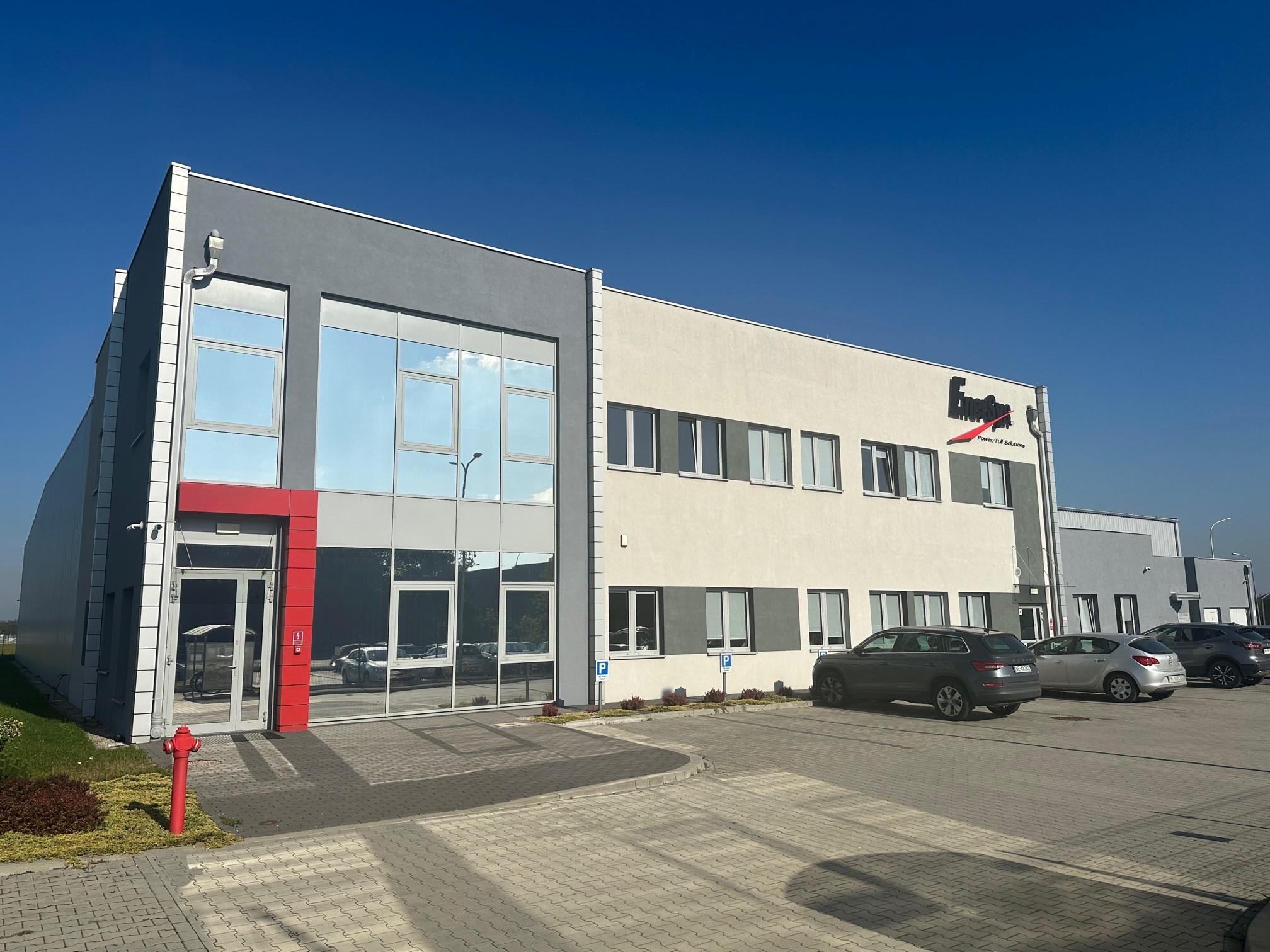Mielec, Poland plant reduces energy usage with practical, low-cost changes
In 2022, EnerSys decreased Scope 2 emissions globally by nearly 4% vs 2021 and continues to work towards the goal of achieving Scope 2 neutrality by 2050. In 2023, Dariusz Kopala, Plant Manager at the Mielec manufacturing facility in Poland, with the help of Hagen, Germany-based Project Controller, Marius Eickelberg, was able to reduce electricity consumption at his plant by 26% with minimal capital expenditure.
Dariusz and his team identified and implemented four projects to achieve this remarkable reduction without any substantial changes in headcount or production at the facility. The first focused on reducing energy consumption from unnecessary lighting. The team installed motion detectors and adjusted the dusk sensor for timed lighting. Motion activated lighting was strategically installed in locker rooms, restrooms, and dining areas. Dusk sensors settings were optimized for building and parking lot lighting, reducing unneeded electricity expenditure.
The second initiative at the Mielec plant enhanced working conditions while reducing energy consumption. By switching the assembly line lighting to energy-efficient LED lighting, the workspace was brightened all while reducing the electricity demand.
The third project, optimization of IT infrastructure and PC usage, had an estimated electricity usage reduction of about 750 kWh per month. By turning off servers and through the replacement of an old hard-drive matrix, the team was able to achieve an estimated monthly energy savings of 660 kWh. By simply switching off computers in the production area overnight, the plant saved about 90 kWh per month.
The final project addressed an important global challenge, keeping the facility cool during increasingly hot summer months. Dariusz reduced air conditioning operation time at the plant by installing reflective foil on windows. The foil was placed on windows in rooms that heat up the most at the plant, significantly reducing the amount of heat radiating into the room and the need for air conditioning.
The energy efficiency initiative in Mielec not only reduced electricity consumption by 26% but also resulted in a 23% reduction in the plant’s electricity bill over the same time period, a huge win as energy prices are high.
“It’s a no brainer,” said Dariusz. “We all want to do better for the planet, but also for our office and bottom line.” These strategic practices at Mielec will guide other efficiency improvements at various EnerSys locations across the globe and will be a key foundation to build off of as the company strives for Scope 1 neutrality by 2040 and Scope 2 neutrality by 2050.
